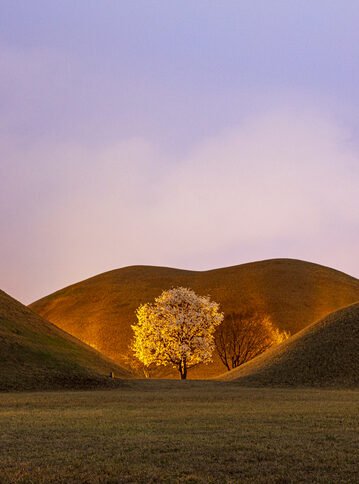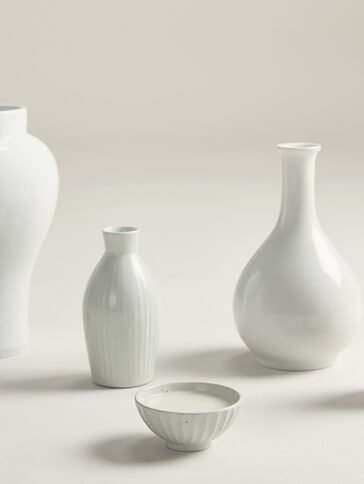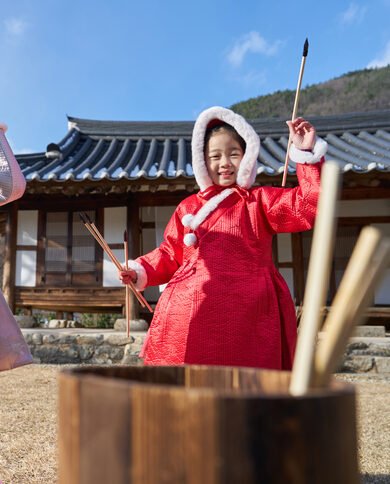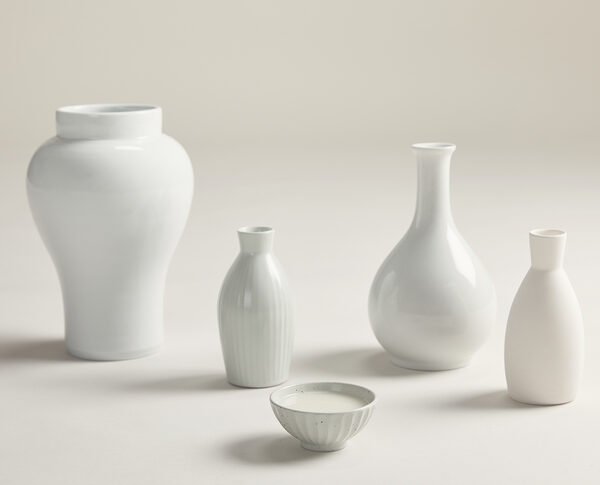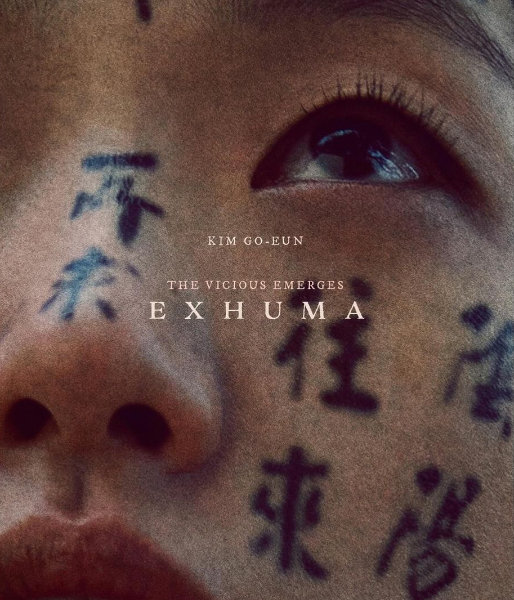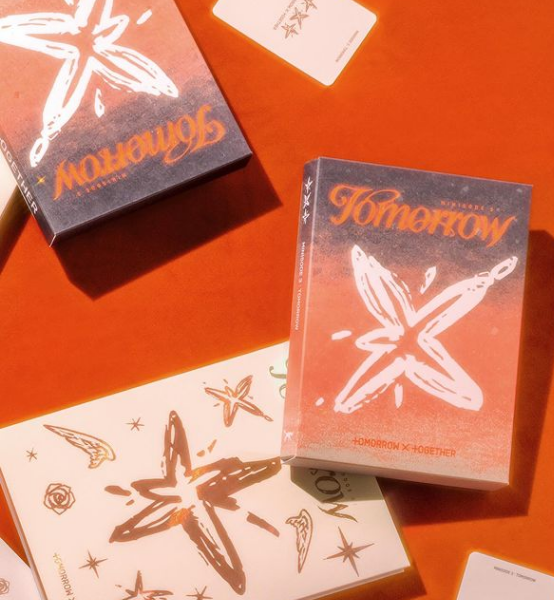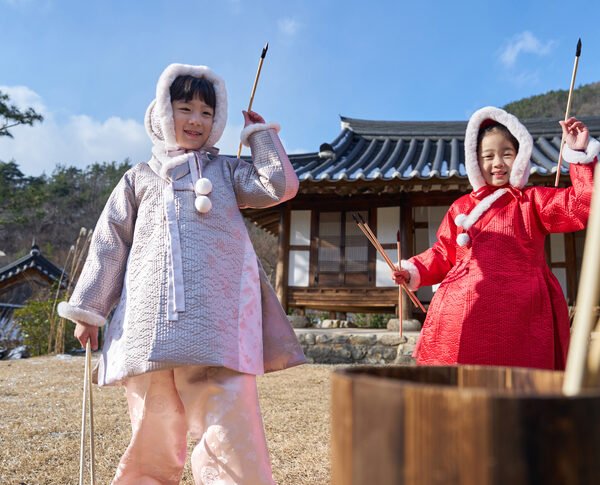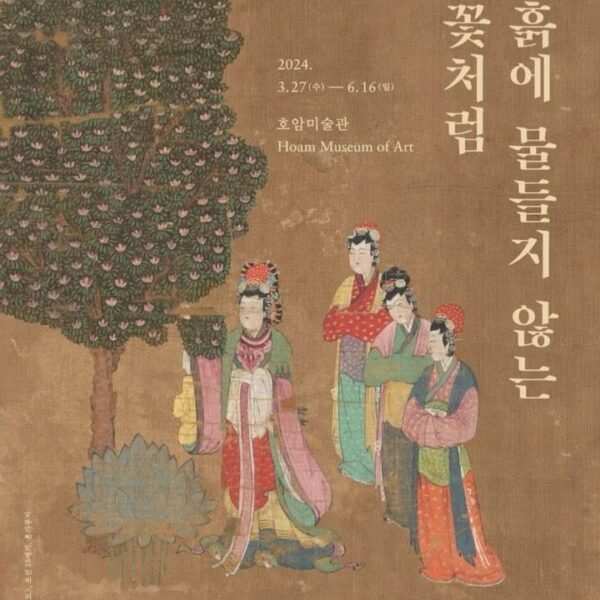Gyeongju, often referred to as the “Museum Without Walls,” holds profound significance as a cradle of Korean civilization and a testament to the rich cultural heritage of the nation. Situated in the southeastern part of South Korea, Gyeongju served as the capital of the ancient kingdom of Silla for nearly a thousand years, from 57 BC to 935 AD. During this period, Gyeongju flourished as a political, economic, and cultural center, exerting significant influence over the Korean Peninsula and East Asia.
The legacy of the Silla Dynasty, which ruled Gyeongju, is palpable throughout the city, with its majestic palaces, elaborate tombs, and exquisite Buddhist temples. The Silla rulers, known for their strategic alliances and diplomatic prowess, fostered a golden age of prosperity and artistic achievement, leaving behind a wealth of architectural marvels and cultural treasures that continue to awe and inspire visitors to this day.

Unveiling Gyeongju: A Brief Overview
Gyeongju, located in the southeastern part of South Korea, holds profound significance as the capital of the ancient kingdom of Silla. Renowned for its well-preserved historical sites and UNESCO World Heritage attractions, Gyeongju serves as a testament to Korea’s glorious heritage.
- Rich Cultural Heritage: Gyeongju boasts an unparalleled concentration of historical sites and artifacts, earning it UNESCO World Heritage status. From the majestic Bulguksa Temple to the ancient observatory of Cheomseongdae, each landmark offers a window into Korea’s illustrious past, allowing visitors to trace the evolution of Korean civilization from antiquity to the present day.
- Architectural Marvels: The architectural legacy of Gyeongju reflects the ingenuity and creativity of the Silla artisans, who crafted elaborate palaces, royal tombs, and Buddhist temples that stand as testaments to their skill and craftsmanship. Visitors can marvel at the intricate carvings, graceful pagodas, and ornate decorations that adorn these historic monuments, gaining insight into the sophisticated aesthetic sensibilities of ancient Korea.
- Cultural Experiences: Gyeongju offers a myriad of cultural experiences that allow visitors to immerse themselves in the traditions and customs of Korea’s past. From participating in traditional tea ceremonies at Yangdong Folk Village to trying on Hanbok (traditional Korean attire) at Gyeongju Hanbok Village, visitors can gain a deeper understanding of Korean culture and heritage through hands-on activities and interactive exhibits.
- Natural Beauty: Beyond its historical significance, Gyeongju is blessed with stunning natural scenery, including picturesque mountains, tranquil lakes, and lush forests. Visitors can explore scenic hiking trails, picnic by crystal-clear streams, and admire breathtaking vistas, experiencing the harmony between nature and culture that defines Gyeongju’s unique allure.
- Spiritual Exploration: As a center of Buddhist spirituality, Gyeongju offers visitors the opportunity to engage in contemplation and reflection amidst sacred sites such as Seokguram Grotto and Bulguksa Temple. Whether attending a temple stay program or participating in meditation sessions, visitors can tap into the spiritual energy of these ancient sites, rejuvenating their mind, body, and soul.
Top 10 Must-Visit Places in Gyeongju

- Bulguksa Temple
- Anapji Pond
- Gyeongju National Museum
- Cheomseongdae Observatory
- Daereungwon Tomb Complex
- Seokguram Grotto
- Gyeongju Historic Areas
- Gyeongju National Park
- Cheomseongdae Observatory
- Yangdong Folk Village
Exploring Each Destination
-
Bulguksa Temple: A Spiritual Haven
- Bulguksa Temple, located on the slopes of Mount Tohamsan, is one of Korea’s most renowned Buddhist temples and a UNESCO World Heritage site. Constructed in the 8th century during the Silla Dynasty, Bulguksa is celebrated for its exquisite architecture, intricate stone pagodas, and stunning natural surroundings. The temple complex comprises several halls, including the Daeungjeon Main Hall, which enshrines the Sakyamuni Buddha, and the Geungnakjeon Hall, dedicated to Amitabha Buddha. Visitors can explore the beautiful gardens, stone bridges, and ornate carvings that adorn the temple grounds, immersing themselves in the tranquility and spiritual ambiance of this historic site.
-
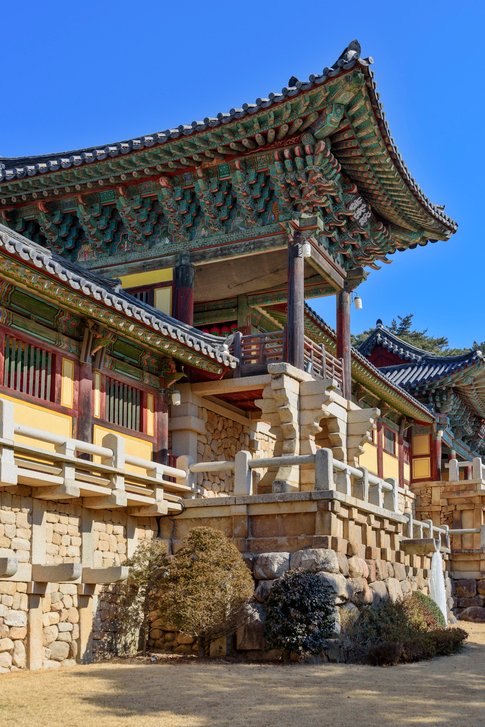
Bulguksa Temple
-
Anapji Pond: Serenity Amidst History
- Anapji Pond, originally built in the 7th century as part of the palace complex of Silla Dynasty royalty, is a scenic water garden nestled in the heart of Gyeongju. Surrounded by lush vegetation and elegant pavilions, Anapji Pond offers visitors a serene retreat from the hustle and bustle of city life. The pond’s calm waters reflect the surrounding pavilions and moonlight, creating a picturesque setting that is especially enchanting during sunset. Strolling along the pathways that encircle the pond, visitors can admire the ancient stone bridges, lotus ponds, and delicate flora that adorn this historic site, gaining insight into Korea’s rich cultural heritage.
-
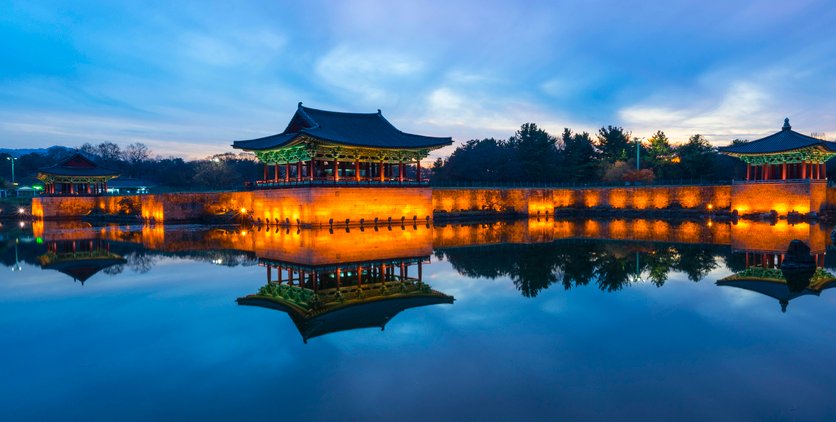
Anapji Pond
-
Gyeongju National Museum: A Treasure Trove of Artifacts
- The Gyeongju National Museum is a treasure trove of artifacts showcasing the cultural legacy of the ancient Silla Kingdom. With over 90,000 artifacts on display, including exquisite gold crowns, pottery, Buddhist relics, and royal artifacts, the museum offers visitors a comprehensive overview of Silla’s rich history and artistic achievements. Highlights of the museum’s collection include the Geumgwanchong Gold Crown, Cheomseongdae Observatory model, and the Heavenly Horse Tomb mural. Through its immersive exhibits and educational programs, the Gyeongju National Museum provides a captivating journey through Korea’s ancient past, making it a must-visit destination for history enthusiasts.
-
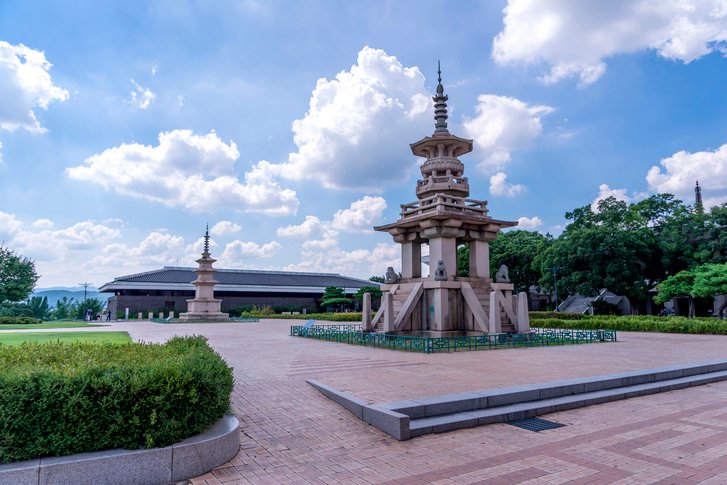
Gyeongju National Museum
-
Cheonmachong: the Heavenly Horse Tomb
- Cheonmachong, also known as the Heavenly Horse Tomb, is one of the most iconic and historically significant tombs in Gyeongju, South Korea. Dating back to the Silla Dynasty, which ruled the Korean Peninsula from 57 BC to 935 AD, Cheonmachong is renowned for its unique architecture, archaeological significance, and the treasures unearthed from within its chambers.
-
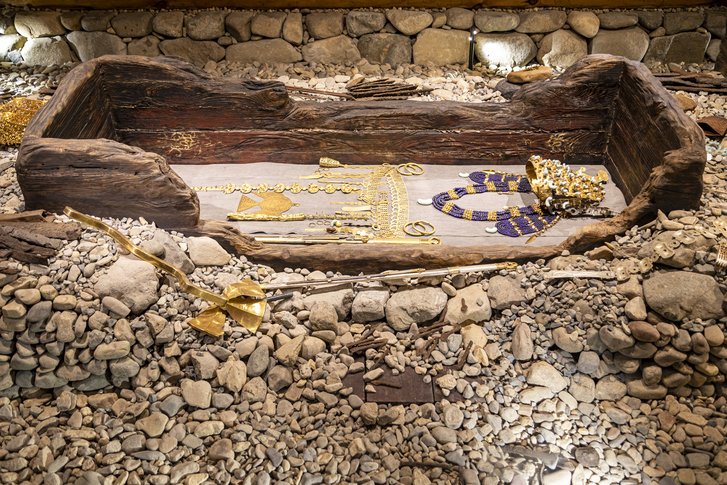
Cheonmachong
-
Daereungwon Tomb Complex: Exploring Royal Burials
- Daereungwon Tomb Complex, also known as Tumuli Park, is a vast burial ground containing numerous ancient tombs from the Silla Dynasty. These large earthen mounds, or tumuli, are believed to contain the remains of Silla kings, queens, and nobles, along with precious artifacts and treasures. The most famous tomb within the complex is the Cheonmachong Tomb, named after its exquisite gold crown adorned with flying horse motifs. Visitors can explore the landscaped park surrounding the tumuli, marvel at the intricate burial chambers, and gain insight into Silla burial customs and royal rituals.
-
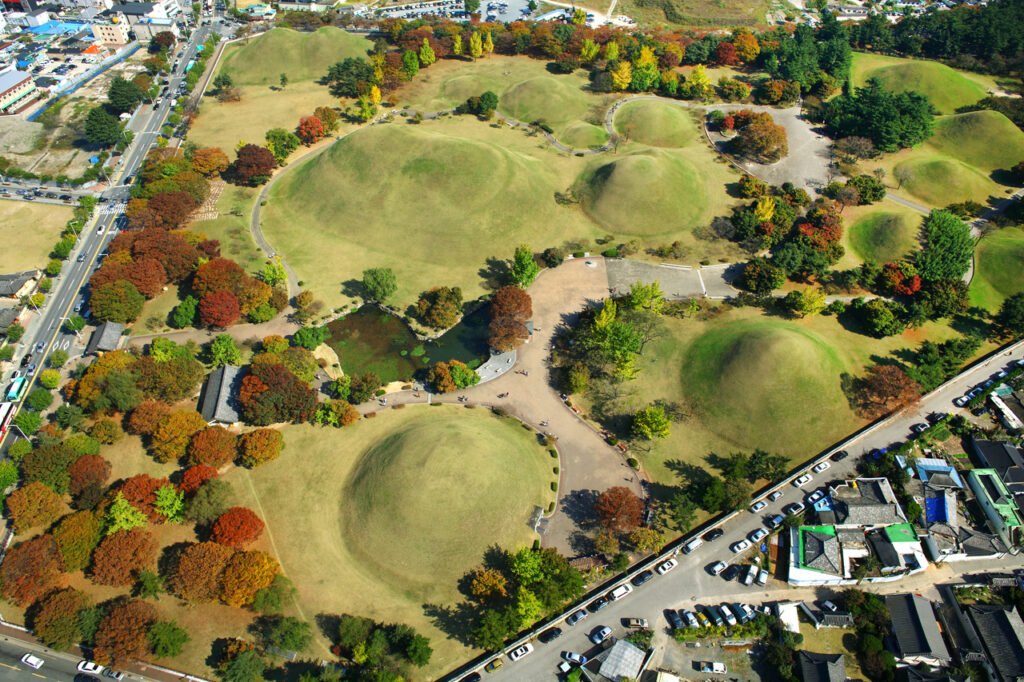
Daereungwon Tomb Complex. Photo by Korea Tourism, Kim Jin-gyu/ October 2014/Gyeongju-si, Gyeongsangbuk-do
-
Seokguram Grotto: Marveling at Buddhist Artistry
- Seokguram Grotto, located on Mount Tohamsan, is a magnificent Buddhist shrine housing a large granite Buddha statue and intricately carved reliefs. Built in the 8th century, Seokguram is considered a masterpiece of Silla Buddhist artistry and a UNESCO World Heritage site. The main chamber of the grotto enshrines a serene Buddha statue seated on a lotus pedestal, surrounded by Bodhisattvas, guardians, and heavenly beings. Visitors can reach Seokguram via a scenic mountain trail and ascend to the grotto to admire its sublime beauty and spiritual significance, making it a sacred pilgrimage site for Buddhists and a cultural treasure for all.
-

Seokguram
-
Gyeongju Historic Areas: Tracing the Footsteps of Royalty
- The Gyeongju Historic Areas encompass a vast expanse of archaeological sites, temples, palaces, and fortresses dating back to the Silla Dynasty. Designated as a UNESCO World Heritage site, this cultural landscape offers visitors a fascinating journey through Korea’s ancient capital, exploring iconic landmarks such as Banwolseong Fortress, Wolji Pond, and the ancient royal palace of Donggung Palace and Wolji Pond. The historic areas also include scenic walking trails, landscaped gardens, and informative museums, providing visitors with a comprehensive overview of Gyeongju’s rich history and architectural heritage.
-
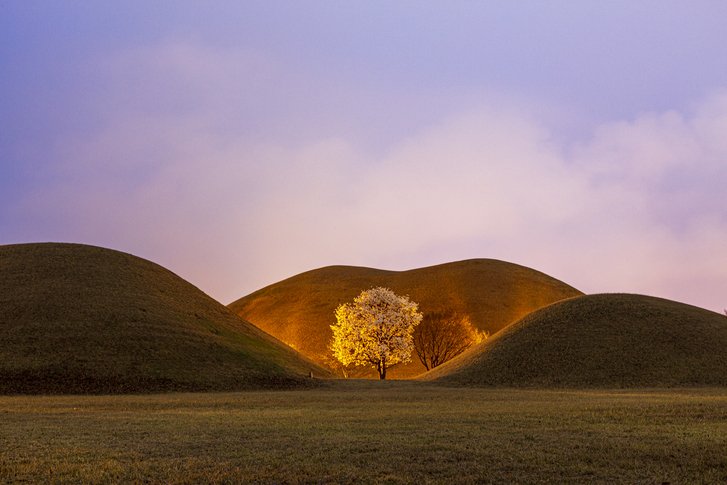
Gyeongju Historic Areas
-
Gyeongju National Park: Nature’s Abode Amidst History
- Gyeongju National Park is a pristine wilderness area encompassing scenic mountains, lush forests, and historic sites, offering visitors a tranquil escape into nature. Spanning over 125 square kilometers, the park is home to scenic hiking trails, crystal-clear streams, and rare wildlife species, including Korean goral and flying squirrels. Within the park, visitors can explore iconic landmarks such as Namsan Mountain, Tohamsan Mountain, and the famous Bulguksa Temple. Whether hiking to scenic viewpoints, picnicking by tranquil streams, or exploring ancient temples, Gyeongju National Park promises unforgettable outdoor adventures amidst breathtaking natural beauty.

-
Cheomseongdae Observatory: A Symbol of Scientific Advancement
- Cheomseongdae Observatory, constructed in the 7th century during the reign of Queen Seondeok, is one of the oldest astronomical observatories in East Asia. Built using 362 precisely cut granite stones, Cheomseongdae served as a platform for observing celestial phenomena and predicting astronomical events. The observatory’s unique cylindrical shape and sophisticated design reflect the advanced scientific knowledge of the Silla astronomers. Today, visitors can marvel at Cheomseongdae’s architectural marvel and learn about ancient astronomical practices through informative exhibits and guided tours, offering a fascinating glimpse into Korea’s scientific heritage.
-
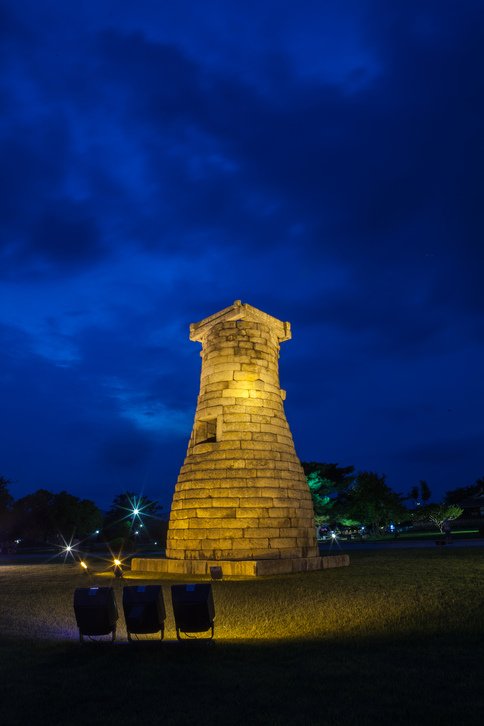
Cheomseongdae Observatory
-
Yangdong Folk Village: Immersing in Traditional Korean Life
- Yangdong Folk Village is a living museum preserving the traditional architecture, customs, and lifestyle of Korea’s Joseon Dynasty. Nestled amidst scenic mountains and rice paddies, this UNESCO World Heritage site offers visitors a glimpse into Korea’s rural heritage, with over 160 traditional houses, pavilions, and ancestral halls. Wander along narrow cobblestone pathways, explore quaint hanok houses, and participate in cultural activities such as traditional tea ceremonies and folk performances. Yangdong Folk Village provides a unique opportunity to experience the timeless charm and hospitality of Korea’s rural communities, making it a must-visit destination for cultural enthusiasts and history buffs alike.
-
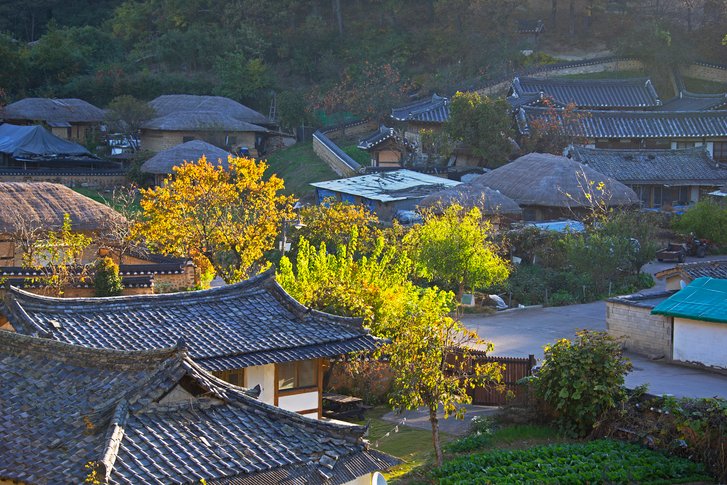
Yangdong Folk Village
Gyeongju beckons travelers with its timeless charm, offering a captivating blend of history, culture, and natural beauty. Whether you’re exploring ancient temples or meandering through quaint villages, Gyeongju promises an unforgettable journey through Korea’s illustrious past.
In conclusion, Gyeongju stands as a living testament to Korea’s rich cultural heritage and storied past, inviting both Koreans and foreigners alike to embark on a journey of discovery and exploration. Whether fascinated by history, captivated by architecture, or seeking spiritual enlightenment, Gyeongju offers something for everyone, making it a truly must-visit destination in South Korea.

